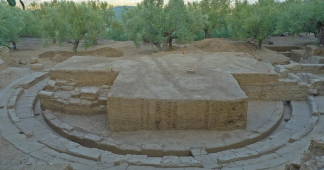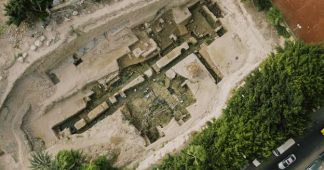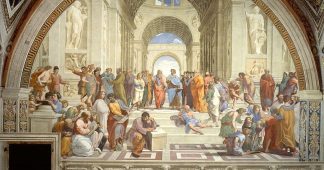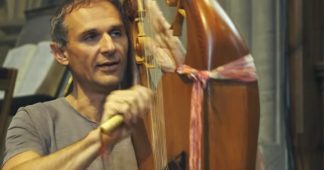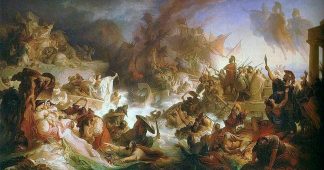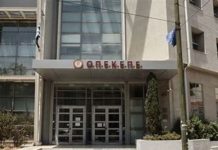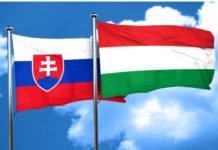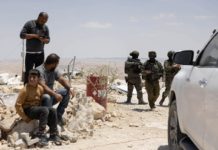PatriciaClaus
The monumental tomb known as the “Royal Kurgan of Kerch,” in the Crimea, was constructed in the 4th century BC; its ancient Greek architecture is evidence of the colony there that was founded by the Greek city of Miletus, in Asia Minor.
The Royal Kurgan, also called the Tsarskiy Kurgan, is one of the most impressive tumuli, or burial mounds, in the eastern Crimea. The tomb, with its uniquely sloped entranceway, is located in the present-day town of Kerch, which was the ancient Greek town of Panticapaion (Παντικάπαιον), or Panticapaeum, founded in the late seventh or early sixth century BC.
This area of the eastern Crimea is rich in tumuli, or kurgans, with approximately 200 in Kerch and its immediate vicinity alone. The Royal Kurgan is approximately 5 km ( three miles) northeast of the town center.
Ancient Greek architecture of tomb is unique in the world
The mound is almost 20 meters (66 feet) tall and the perimeter of its base is an incredible 250 meters (820 feet). The burial chamber within it has a square floor plan measuring 4.39 meters (14.4 feet) X 4.35 meters (14.3 feet), which gradually morphs into the circular shape of a corbelled dome, or “false vault”, resembling the shape of a beehive.
The total height of the burial chamber is 8.84 meters (29 feet). Its unique dromos, or entrance passage, is only 2.80 meters (9 feet) wide but is 37 meters (121 feet) long, built using the corbelled vault technique. Both parts of the building were constructed of yellow limestone blocks; the floor of the tomb is a tamped mix of clay, lime and limestone.
Historians believe that the Royal Kurgan, which is universally considered to be a unique masterpiece of ancient Greek architecture, was the final resting place for a ruler of the Bosporan Kingdom, which was founded in the 5th century BC from the Greek colonies in the northern Black Sea region and at the Sea of Azov.
The tomb could have been the final resting place of Leukon of Bosporus, who reigned from 389 – 349 BC. The kurgan was opened in the course of systematic excavations which went on from 1833 until 1837; however, the archaeologists found that by that time it contained only remnants of a wooden sarcophagus.

Therefore they believed that the kurgan had been looted in ancient times or in the intervening centuries. By the time of Christianity, the tomb may even have served as a place of refuge or religious sanctuary, since there are Christian symbols etched on the inside walls of the tomb.
Panticapaeum (or Pantikápaion, from the Scythian “Pantikapa,” or “Fish-path”) was an ancient Greek city founded by colonizers from Miletus. Located on the eastern shore of Crimea, which the Greeks called Taurica, the colony thrived for many centuries as a Greek enclave.
Miletus was considered the greatest Greek metropolis of all, founding more colonies than any other Greek city. Pliny the Elder mentions an amazing 90 colonies that were founded by the people of the city in his work “Natural History.”
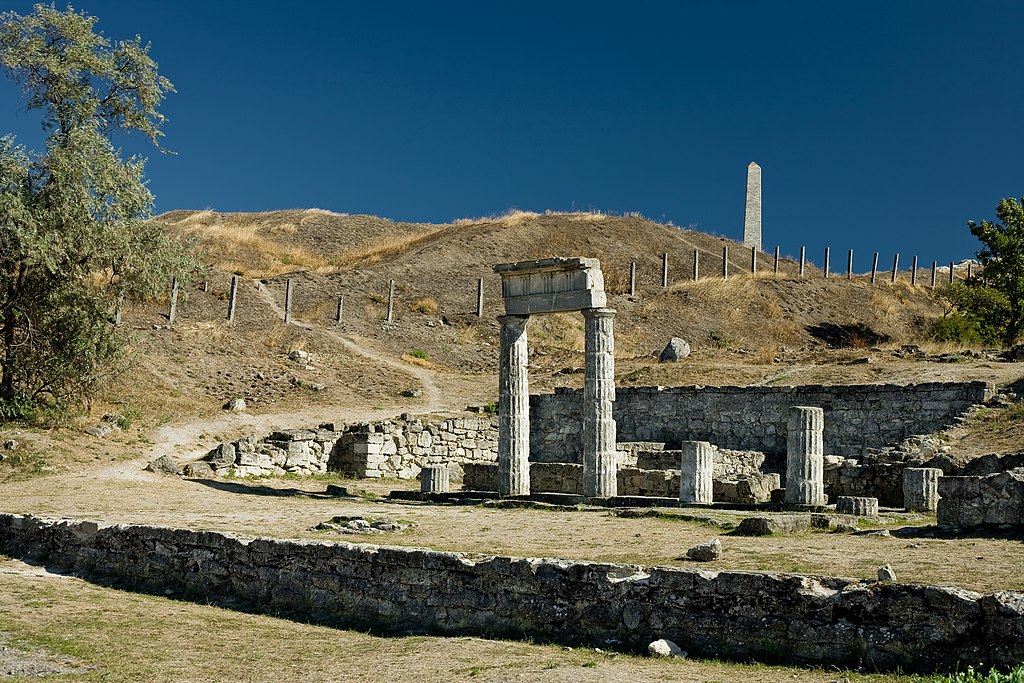
Panticapaion was built on Mount Mithridat, a hill on the western side of the Cimmerian Bosporus.
The city minted silver coins from the 5th century BC and gold and bronze coins from the 4th century BC, some of which survive, many of them portraying the image of the Greek god Pan. The Hermitage Museum in St. Petersburg and the Kerch Museum contain many objects found at the site of ancient Panticapaion, which is still being excavated.
The small museum in Kerch displays the archaeological finds from ancient times, including pedestals, grave stelae, and sarcophagi.
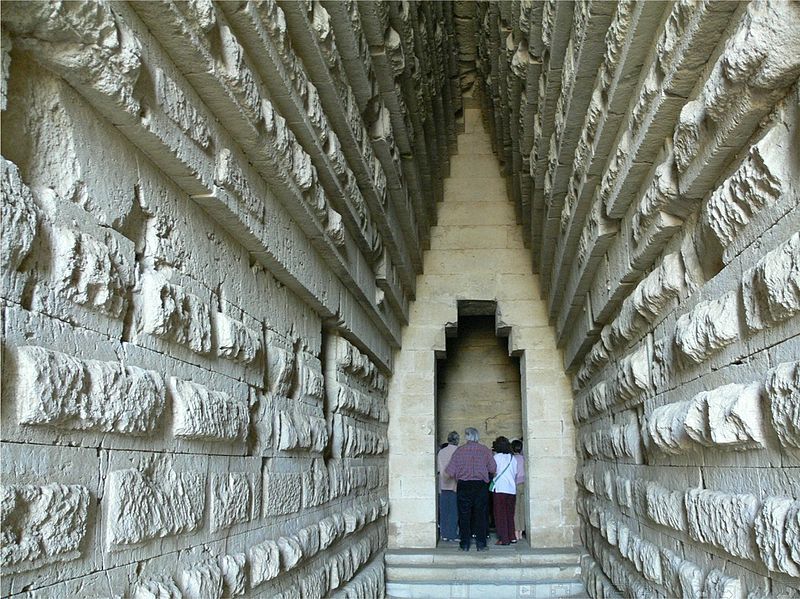
At its greatest extent, the city occupied an area of 100 hectares (250 acres). During the 5th to 4th centuries BC, the city became the residence first of the Archaeanactids and then of the Spartocids, dynasties of the Thracian kings of Bosporus, and was itself sometimes called the Bosporus since those times.
Its economic decline in the 4th–3rd centuries BC was the result of the conquest of the steppes by the Sarmatians and the growing market competition posed by grain from Egypt.
Historians believe that the last of the Spartocids, Paerisades V, apparently left his realm to Mithridates VI Eupator, the king of Pontus. This transition of power was arranged by one of Mithridates’s generals, Diophantus, who earlier had been sent to Taurica to help local Greek cities against Palacus of Lesser Scythia.
The mission did not go smoothly however, as Paerisades was murdered by Scythians, led by Saumacus, and Diophantus escaped to return later with reinforcements to suppress the revolt in around 110 BC).
Fifty years after that event, Mithridates took his life in Panticapaeum, when, after his defeat in a war against Rome, his son and heir Pharnaces and the very citizens of Panticapaeum turned against him.
But centuries later, this masterpiece of ancient Greek architecture still stands, evidence of the great city founded by Miletus.
Published at greekreporter.com
We remind our readers that publication of articles on our site does not mean that we agree with what is written. Our policy is to publish anything which we consider of interest, so as to assist our readers in forming their opinions. Sometimes we even publish articles with which we totally disagree, since we believe it is important for our readers to be informed on as wide a spectrum of views as possible.
